You’ve got an idea for a new widget that will make your own or someone else’s life easier. But how do you get from idea to reality? On demand manufacturing might be the answer.
Hopefully the design for adaptive products emerges from the end-user/customer requirements and in close consultation with the customer. Adaptive products are often either bespoke or customisable and likely to be low volume in production. So how to produce a one-off or low volume adaptive product?
The last 10-15 years have seen an acceleration in the development and availability of low-cost or open source online 3-D design packages which are increasingly intuitive and simple to use. A wealth of YouTube tutorials can help a novice to quickly begin creating basic parts and shapes. From then on it’s the basic Lego mentality; create the bricks and put them together.
Now obviously it isn’t that easy for everyone to train themselves in 3-D modelling and create the parts they want to make, but it is becoming more and more accessible.
In combination with this, there are an increasing number of suppliers who will perform services such as metal plasma/laser cutting, wood laser cutting, 3-D printing in a variety of plastics and CNC machining processes. The suppliers will often work directly from 3-D models emailed across to them and will be happy to advise on materials, processes and tolerances. If you are happy with your drawings then they can create exactly what you send them directly from your files. There is no need to be geographically close to the supplier and your finished parts will be dispatched to you by courier.
The benefit of all these advances is that disabled innovators and makers now have access to complex industrial processes to make exactly the parts they need. This might be a big project like a new mobility solution, or maybe a small project like a bracket to hold your mobile phone. Whatever it is, it will make your life easier. And you can get exactly what you want without waiting for someone else to create it.




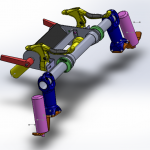

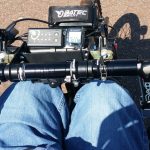
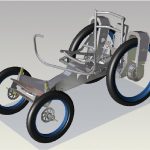
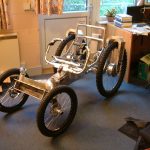
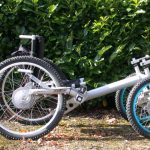
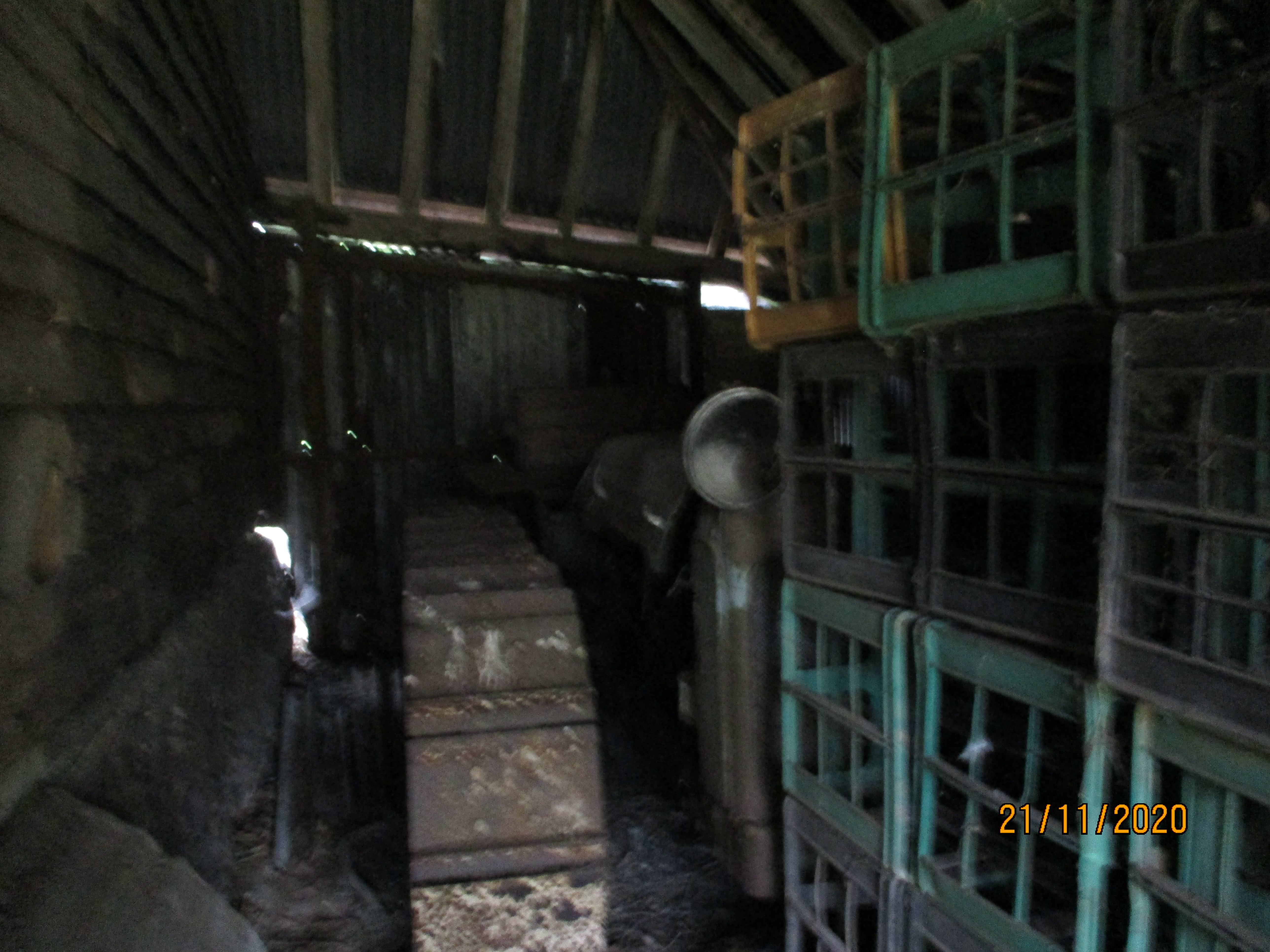
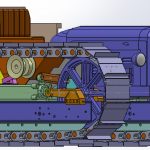

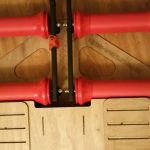
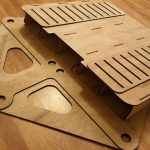
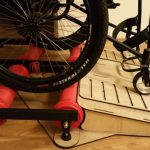
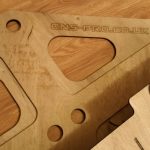
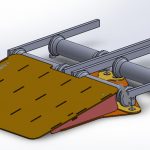
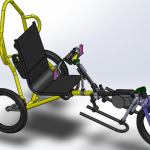
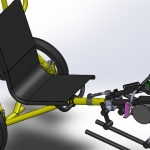
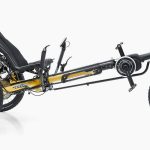
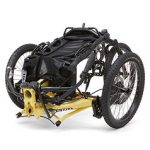
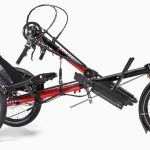

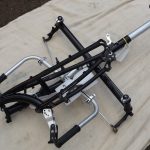
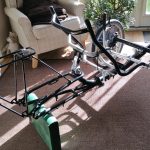
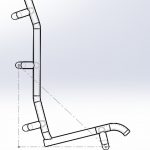
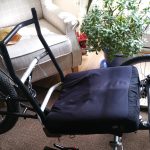


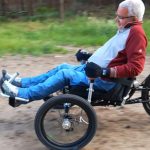

About the author